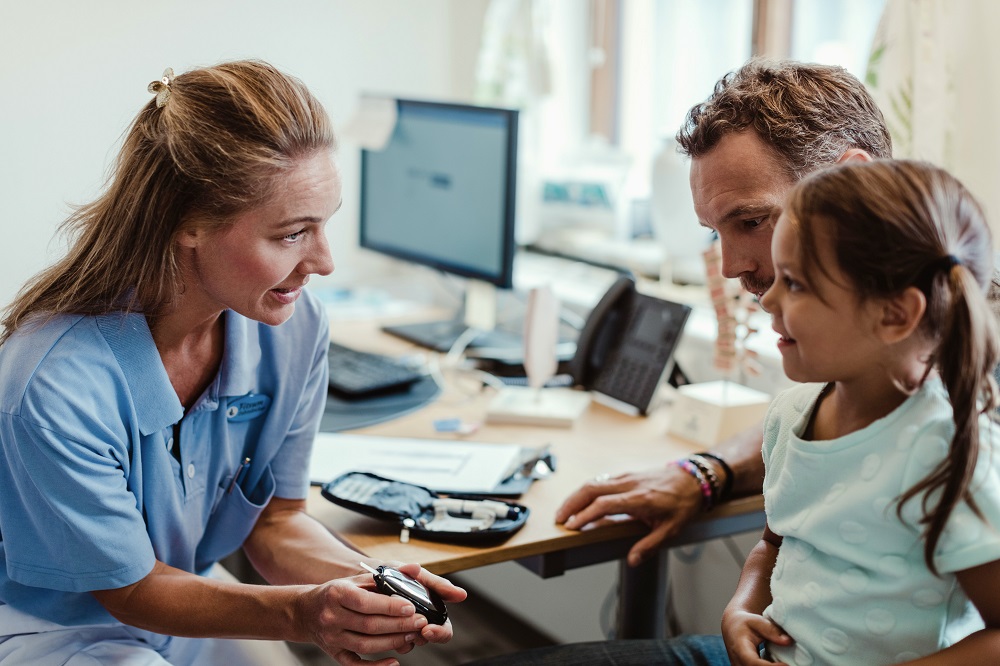Collaboration crucial in initiative on precision medicine
More preventive and accurate interventions are needed in a sustainable healthcare system. Sweden has good conditions to be a leading nation in precision medicine. Vinnova is now investing in more innovation environments that want to be involved and drive development. Cross-border cooperation is a success factor for success, say environmental leaders Mattias Rantalainen and Per-Johan Jakobsson.
More preventive and accurate interventions are needed in a sustainable healthcare system. Care and treatment designed and adapted to individual needs and conditions saves resources and gives more people a longer life in health. Sweden has good conditions to be a leading nation in precision medicine. Investments in ground-breaking innovation and a holistic view of healthare then needed. Vinnova mobilizes actors from different parts of society, drives innovation development and the introduction of precision medicine in Sweden.
- Vinnova wants to strengthen the Swedish ecosystem in health in the long term so that Sweden can be a leading nation in the development and introduction of precision medicine, says Anders Brinne, area manager, Sustainable precision health at Vinnova.
Cross-border cooperation
- We can see that cross-border cooperation nationally and internationally is important to succeed in developing and introducing precision medicine, says Anders Brinne.
This shows, among other things, the flexible collaboration structures, so-called innovation environments, in precision medicine that Vinnova has been financing for almost three years. Unlike a traditional research and innovation project, an innovation environment means that actors from different sectors of society gather around a common roadmap, target image and activities, as well as starting from the needs of the end user. This spring therefore opens the call for proposals The precision medicine of the future, where Vinnova is looking for more innovation environments that want to be involved and drive the development.
Mattias Rantalainen is associate professor at Karolinska Institutet and leads the innovation environment Swedish AI precision pathology, also called SwAIPP. They use AI to make more accurate and individualized diagnoses for cancer patients. AI is used to extract more comprehensive and accurate information from microscope images of tumor tissue. In this way, the patient can get a more accurate diagnosis faster and at a lower cost.
Being an innovation environment instead of a traditional research and innovation project has provided opportunities for wider collaboration across different sectors, from academia and healthcare to industry. In the innovation environment, we have also been able to have a much greater focus on innovation and to take promising research results all the way to implementation in healthcare, says environmental leader Mattias Rantalainen.
From research results to implementation
Per-Johan Jakobsson is a professor at Karolinska Institutet and leader of the innovation environment PrecisionPrevent. They are developing methods to identify people who are at high risk of getting rheumatoid arthritis in order to put in place accurate interventions early and prevent or treat the disease.
- In the innovation environment, we have been able to develop complex collaborations between actors in our environment. It has been particularly rewarding to work concretely with the implementation of innovation in a multidisciplinary team, says Per-Johan Jakobsson.
- Concretely, we have jointly developed digital instruments so that healthcare can identify individuals with a high risk of joint rheumatism. We have also developed an app where high-risk patients receive information on how they themselves can reduce the risk of getting sick through, for example, lifestyle changes. In collaboration with Region Stockholm, we can implement the tools in a coherent system to prevent rheumatoid arthritis, says Per-Johan Jakobsson.
At the same time, Per-Johan Jakobsson experiences that it has been challenging and time-consuming to implement new innovative and digital solutions in healthcare.
- Unfortunately, healthcare is not organized in such a way that it can make good use of the development power of the digital and patient-driven systems that we and others are developing. Better structures and openness for cooperation are needed. Then we could improve healthcare through, for example, new opportunities for patients to influence their illness and by using knowledge from science for prevention, says Per-Johan Jakobsson.
International connection
In addition to Karolinska Institutet, I SwAIPP includes several companies, regions and a patient organization. PrecisionPrevent is also a cross-sector collaboration between researchers at several universities, the healthcare system and several companies.
It is more challenging to hold together a larger environment with many different types of partners. For example, we have had difficulty meeting physically to the extent we had hoped from the beginning. But we have had a strong focus on trying to achieve the goals that were set, and we have succeeded well in that, says Mattias Rantalainen.
In the development of precision medicine, it is important to find the right collaboration partners, and they are often found in other countries.
- For us, it is important to build evidence around the solutions we develop. We collaborate internationally in several ongoing validation studies. We also gain synergies by carrying out overlapping activities with a Nordic consortium. In the long term, it is also important for us to reach out with our solutions outside of Sweden, says Mattias Rantalainen, environmental leader SwAIPP.
Per-Johan Jakobsson agrees that international collaboration is essential for developing and implementing results, and for disseminating the results internationally. He also highlights learning as an important part of the collaboration.
- We have learned a lot and been able to bring home knowledge in our international collaborations. For example, we have been able to implement a new form of therapy for our very sickest patients. We have also learned a lot about expanding, this despite the healthcare systems being very different, says Per-Johan Jakobsson environmental leader, PrecisionPrevent.
More information and digital inspiration meeting
Don't miss the digital inspiration lecture on March 19 at 13.00-14.00 where environmental leaders Mattias Rantalainen and Per-Johan Jakobsson tell you more about the work with their innovation environments.
Last updated 5 March 2024


